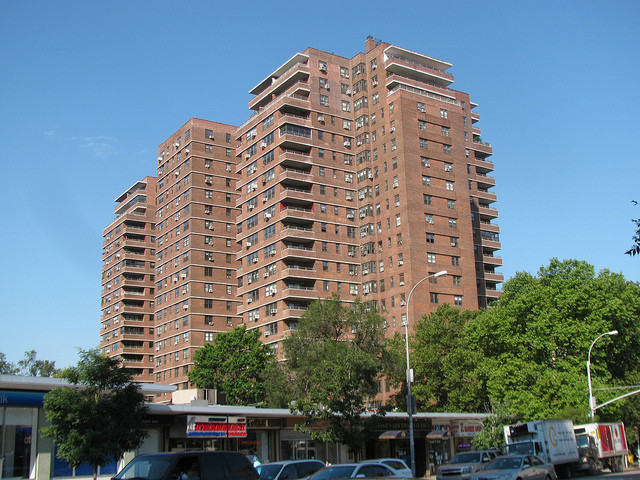What does it mean when a house has 'foundation problems'? Should you walk away?

How bad is it?
iStock
If you’re fortunate enough to be in the market for a single- or multi-family building, you likely know that you shouldn’t legally seal any deal until you’ve had the structure looked at by a home inspector licensed by the state.
While no building is perfect (if you find one, we’d love to hear about it), some issues are of greater concern than others. One flag you don’t want to see on your home inspection is a “bad foundation." Those words will cause some people to walk away from their dream home. But why, exactly? And are some “bad foundations” worse than others?
The short answer is money. If a foundation is faulty enough, or has severe enough problems, it can be very costly to remedy them and the work will require the expertise of an architect and structural engineer. The upside, we suppose, is that even a horror show of a foundation can be fixed.
“Everything can be fixed with money,” says Daniel Lin, owner and operator of Frank Lin Home Inspections. “I’ve seen houses get picked up, people rebuild the entire foundation, and put the house back down.”
But, adds Lin, expect anything involving a structural engineer to cost in the “tens of thousands of dollars.” (Which is why, in the end, people walk away from homes with severe foundation problems.)
The foundations of foundations
First, some basics. A building’s foundation is made up of the walls in the ground, which are further supported by “footings” that extend several inches beyond the width of the subterranean wall.
The foundation is crucial is because it is literally what holds up the building, and additionally, it is what supports integral structural components, such as floor joists and main beams. “The load of the house is held by the foundation walls of the building,” says Lin.
Not surprisingly, foundation materials have evolved over time. Brownstones of the late 1800s typically have foundations of stone and mortar, brick and mortar foundations can be found in buildings dating to the early 1900s, and concrete masonry is seen starting in the 1920s and '30s.
Rich Gallagher, a structural engineer and owner of Long Island’s Staylor Home Inspection, says that most modern day, or post World War II foundations are either brick, concrete blocks, or poured concrete.
Different causes, different degrees
Not all foundation problems are the same, or of the same severity. It’s also possible to have a minor problem in a foundation 100 years old, and a major issue in one that’s been around for just a decade or so.
For example, “the majority of brownstone foundations are still pretty intact,” says Zach Salem of House Pro Inspection which does work throughout the five boroughs. “They are actually built pretty well.”
“New isn’t always necessarily the best,” says Lin. “You want a house that’s broken in a bit.”
A common culprit of a damaged foundation is the original construction of it, and whether the soil surrounding it was properly compacted; if not, continued settling can cause the foundation to shift, move, and sustain damage.
Water can also cause problems when it freezes in the ground adjacent to the foundation and causes a bulge in the wall; if those conditions continue they can cause a wall to collapse and render the house uninhabitable. (Gallagher notes this is rare, but possible.)
Perhaps one of the more unfortunate and frustrating scenarios: You could have a perfectly solid foundation, but if the building next door is demolished or undergoes significant work (think new condos coming in) your foundation could sustain damage.
When a crack is a big deal
The most apparent flaws in foundations are cracks.
Moderately-sized vertical cracks are “generally not a sign of structural failure,” says Gallagher, who says minor cracks are such a common occurrence they are part of the company’s boilerplate report form. Major horizontal cracks are a different story, and are much more likely to indicate some serious structural compromise. (Aside from these large cracks, in general the way to deal with a crack is to determine if water is getting in through a crack, and seal it.)
While not a problem with the foundation per se, the reason foundation issues are so concerning is that major flaws can have a ripple effect throughout the entire building. If the foundation has shifted or become significantly damaged, that movement affects the structural elements built on, or attached to it—the sub floors, the load-bearing walls, staircases, door frames, and even roofs. Not only does the house become less structurally sound as a result, those shifts and cracks then allow water to get in, which is one of the most damaging things that can happen to a house.
Gallagher, who notes that many inspectors are not structural engineers, recommends that anyone who gets a dire report about their foundation—particularly from a contractor—get a second opinion. “Have people tell you specifically what the problem is, and a recommended course of action,” he says.
You Might Also Like


























